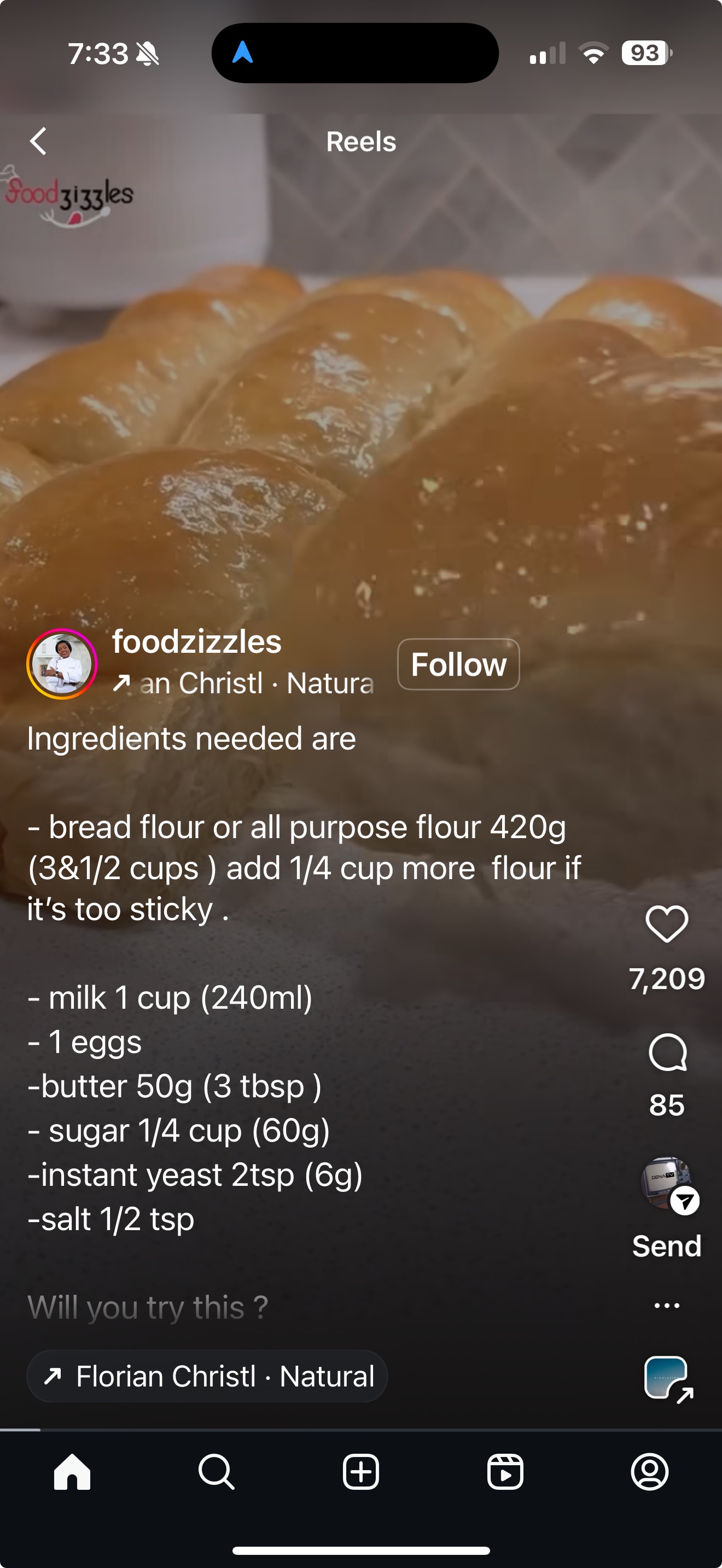- Welcome to cBrandon Community.
[Hide Attachments]
There are no attachments!
Recent posts
#34
General Discussion / Measure angles for corners
Last post by branx86 - June 09, 2025, 05:14:38 PM #35
Food Recipes / Corn Dogs
Last post by branx86 - June 09, 2025, 05:13:38 PM #36
General Discussion / Computer Ports
Last post by branx86 - June 09, 2025, 05:12:58 PM #37
Food Recipes / Butter & cream
Last post by branx86 - June 09, 2025, 05:11:15 PM #38
General Discussion / Open lock
Last post by branx86 - June 09, 2025, 05:10:14 PM #39
General Discussion / Keyboard codes
Last post by branx86 - June 09, 2025, 05:09:37 PM #40



